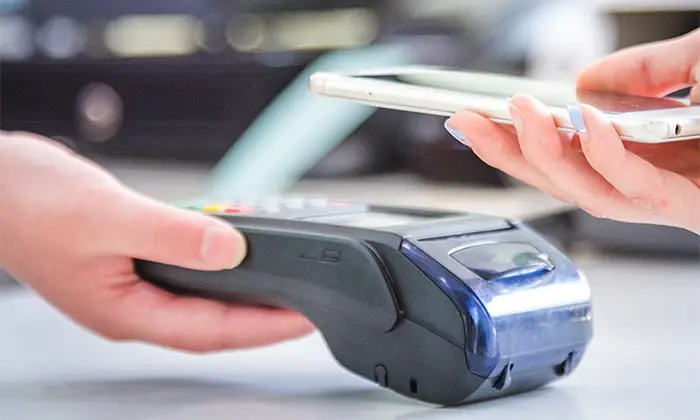RFID technology has existed for decades, yet new applications of RFID solutions in various industries indicate that this exciting tech revolution is just the beginning. Analysts predict significant advancements as the future of RFID promises exponential growth in many industries. Companies continue to invest in smart technology, making the adoption of RFID systems more mainstream. Here are some expected trends that you can look forward to:
1. Rising Popularity Of UHF Tags
UHF (Ultra High Frequency) tags are projected to be one of the fastest-growing segments in the RFID landscape. This is due to the functionality of UHF tags that have the fastest speed and longest read range under the right conditions. Typically, the range spans up to 12 meters for passive tags and 100 meters or more for active tags. It provides a range of choices to prospective end users since it operates on a frequency band of 300 MHz to 3 GHz.
2. Employee Credentials
By automating processes, RFID tags can help simplify personnel tracking efforts which is often a government-mandated practice for emergencies. Manual methods are time-consuming, but with RFID employee credentials, you can get up-to-the-second location data for tagged individuals. This also eliminates the need to identify authorized access to restricted sections in a facility.
3. Vaccine Safety
With effective tracking equipment, vaccine temperatures can be monitored more accurately, and adjustments can be made to ensure the required temperature is maintained. Most healthcare professionals such as manufacturers, hospitals, and clinics use RFID technology for virus vaccines to guard against expired or counterfeit doses. Technology has proved to be highly beneficial in cases where millions of doses need to be administered in a short span of time by tracking the doses and reducing waste.
4. Touchless Interactions
Although RFID was primarily designed for asset tracking, many organizations have enabled touchless technology with existing radio technologies. While the solution’s effectiveness depends on the use case, it can be helpful in certain situations, such as allowing touchless access into a building. RFID can also help to ensure product authenticity. For example, with RFID-enabled PPE, readers above doorways can detect if the individual is entering an area with approved protective gear.
5. Logistics & Supply Chain Management
By allowing companies to track their supply chain workflow, RFID provides more usable data and streamlines processes through automation. Various supply chain tasks that would generally take 2 or 3 hours can be done within a fraction of the time with RFID technology. It allows for quicker, more informed decision-making that can improve supply chain management efficiency and reduces the element of human error.
6. Smart Shelving & Store Checkout
RFID tags can store and transmit highly-accurate encoded information about individual products that can be valuable at various stages. It can help store managers locate the item in the supply chain, whether it is in a truck or a specific section of the store. This also helps plan and adjust staffing according to truck arrivals, improve pickup times for online orders and ensure proper stocking and replenishment. While the technology can ensure efficiency and accuracy in-store operations, it typically requires larger investments that might not be feasible for some use cases.
RFID technology can have a tremendous impact on the supply chain. Companies that can benefit from its implementation but fail to keep up with the latest advancement are at a considerable disadvantage. If you think it is the right solution for you, contact us at Trakaid to implement an RFID system that can maximize efficiency and streamline your business.
